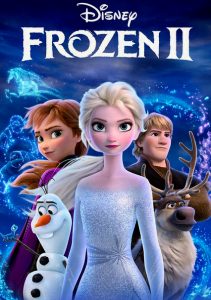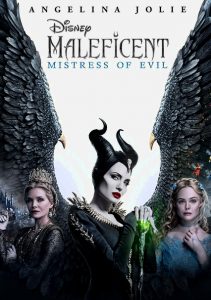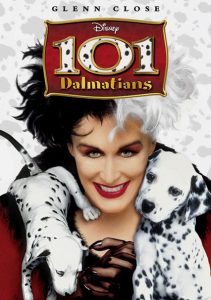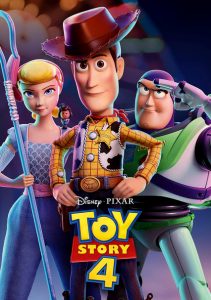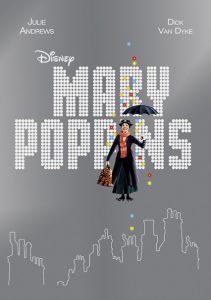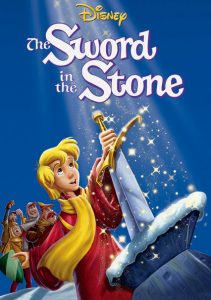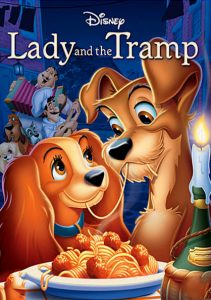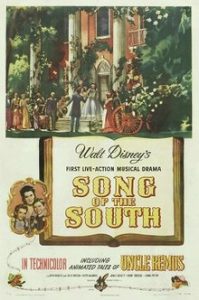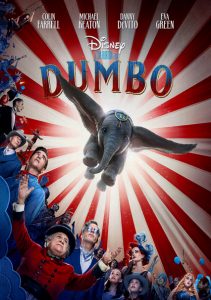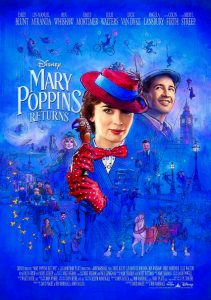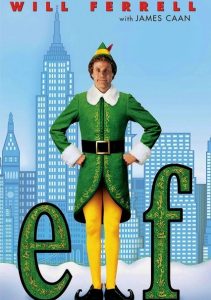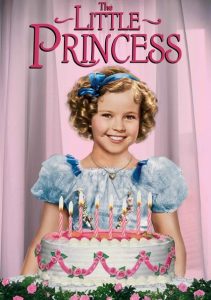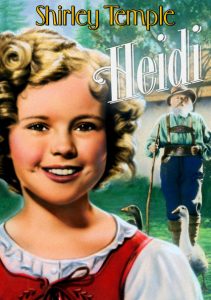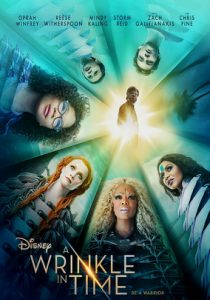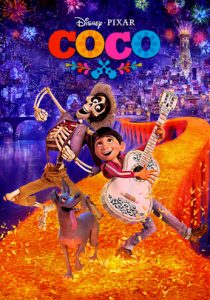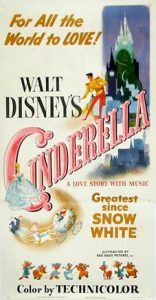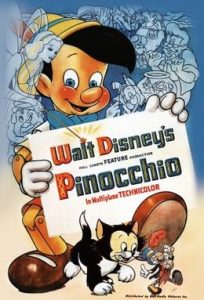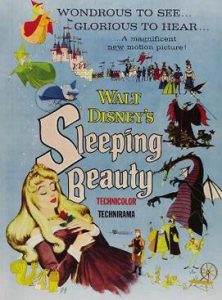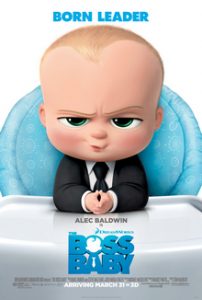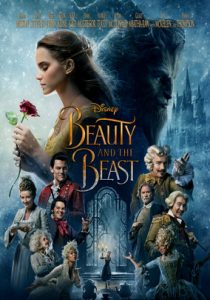Frozen II-2019
Director Chris Buck, Jennifer Lee
Starring Kristen Bell, Idina Menzel
Scott’s Review #1,043
Reviewed July 22, 2020
Grade: B
Six years after the enormous success of Frozen (2013) comes the follow-up, Frozen II (2019).
Surprisingly, the long gap of time between creations is a long gap of time between creations, but the beauty of animation is that these characters do not age unless creators want them to.
The adventure story is fun, incorporating a bit of history, which always creates depth, but also charts familiar territory as the first installment.
The film showcases lovely visuals and songs, which usurp the other elements. Breeding so much familiarity, there seems little need for a third chapter, though I’d bet my bottom dollar another will emerge.
We are reintroduced to Anna (Bell) and Elsa (Menzel) as little girls when they are tucked into bed by their father, King Agnarr of Arendelle, one night.
He relays a story about his father (their grandfather), a treaty made with a neighboring tribe, a dam, and a magical Enchanted Forest.
As a youngster, Agnarr barely escapes alive after a fight erupts with the other tribe, causing his father’s death, and enraging the spiritual elements of the forest. There is also a key mention about Anna and Elsa’s parents’ lost ship, which is apparently how they died.
Fast-forward to the present day, Elsa and Anna are adults, three years after the events of the first film. Elsa, the one with ice powers, runs her happy kingdom with Anna serving as Princess.
They live in peace and harmony with familiar characters, Olaf, the snowman created by Elsa, Kristoff, Anna’s boyfriend, and Sven, his reindeer.
When Elsa begins hearing mysterious voices calling to her from the mountains, she pursues them only to reawaken the spirits and threaten her kingdom and her people. The group must come to the rescue to retain harmony, learning the reason for Elsa’s powers in the process.
Frozen II has a “nice” feel, which is positive and negative. A family-friendly film with a feminist, female perspective is beneficial, crafting a positive and inspiring message for youngsters, especially females, who watch it.
Anna and Elsa control their destiny, are empowered to go after what they want, and achieve results.
They also support each other, share sisterly love rather than being rivals, and treat people fairly.
The adventure that the girls and their friends face will end happily, that much we know. Slight peril emerges when Anna goads and then flees from gigantic earth spirits, Olaf melts and is assumed dead, and Elsa is also thought dead in the forest.
Still, these are aspects added for dramatic effect, and the safe feel of the film ensures that all major characters will remain in happily ever after harmony.
When Kristoff awkwardly attempts to propose to Anna throughout the film, we are sure he will eventually do the deed, which he does.
I criticized Frozen for limiting diversity in its production, which is corrected in Frozen II. Mattias, leader of a group of Arendelle soldiers, is a strong and protective character and is black.
As an LGBTQ presence, one is only hinted at.
When Kristoff befriends Ryder over their love of reindeer, Ryder admits he knows nothing about girls. Mention must be made of Elsa’s barbie doll-like appearance with her bright blue eyes and long blonde hair.
Does she have to look that stunning? Might impressionable girls get the idea that looks are most important?
Let’s hope not.
The best parts of the film are the musical numbers, which feel more enhanced than those in the first Frozen. Using the same song composers, the tunes feel slightly less poppy. The most emotional number is “Into the Unknown”, which possesses a mysterious quality and powerful, compelling lyrics.
Its message is to go for it, which can be interpreted as conquering fears or trying something new. The sound is anthem-like and superior to “Let it Go”.
Frozen II (2019) is a predictable yet fun affair, infused with Scandinavian elements, featuring mountains, fjords, and a gorgeous landscape that provides the necessary cold-weather ambiance and magical quality.
The visuals are lavish, bright, and sophisticated.
Part II is a slightly more mature affair but on par with Frozen and wisely targets the right audience. Tastes change, so if Part III is made, filmmakers might want to consider a deeper plot or additional details to maintain interest.
Oscar Nominations: Best Original Song-“Into the Unknown”
